One of the things I am committed to as I serve the needs of Tribes at the Forest Service is learning the landscapes they have called home for time immemorial. I detoured on a recent visit to the Ute Mountain Ute Indian Reservation in southwest Colorado to see Mesa Verde National Park and came away with an amazing experience.
Mesa Verde is among the oldest National Parks in the system, founded in 1906, and is the only UNESCO World Heritage Site in Colorado. It is home to a number of Indigenous communities and is probably best known for the more than 600 Ancestral Puebloan cliff dwellings on site. Its name comes from the Spanish description of the area- “Verde Table”- verde of course being lost to history. It could mean anything really.
I had never heard of Mesa Verde before moving out here. It seems to be overshadowed a bit by that other southwestern national park- the Grand Canyon. But what you should know is that Mesa Verde is spectacular. It’s just down the road from Cortez, Colorado and very easy to get to.
The main visitors center is quite nice, with an extremely friendly and knowledge ranger at the desk. One of the cool things to do at Mesa Verde is to go on guided tours of the cliff dwellings themselves. However, be warned, you need to be in shape to navigate the numbers of stairs, ladders, and tight squeezes.1 You’ll also need to make a reservation for the tours a few days ahead of time at recreation.gov since they tend to sell out. Nevertheless, do not worry if you cannot book a tour. You can see so much of the park a few feet from your parked vehicle that this remains an extremely friendly park for elderly or young travelers.
The Park also holds an impressive collection of artifacts from the region, with their central storage facility on display. I would love to talk to them at some point about how they work with Tribes to ensure they are working in line with Indigenous rights.
You should know the Park is quite large. Plan on a full day even for a surface-level visit. If you are like me, you can plan on stopping a lot. In addition to the ancestral sites, the region’s topography is just breaktaking. For instance, you’ll come across this vista within ten minutes of entering the Park:
Of course, the highlight for many are the many cliff dwellings I mentioned earlier. I shot this video from across the canyon, though you can tour it on foot with a guide. This one is called Cliff Palace and was constructed over about seventy years beginning in 1190 but was abandoned around 1300.
There are other sites, such as the many pueblos and kivas that people called home around the same time. One of my favorites is the Sun Temple, a large building with no external doors. You’d have to use a ladder to get in and out.
In some ways, Mesa Verde will cause you to think about Acadia National Park, only instead of being surrounded by the sea, you are surrounded by the southwestern plateau. But it is very cool. And there were a number of guests, which offered me the opportunity to talk to people about Native history, the role of the Forest Service and Park Service, and remind folks that there are two reservations a stone’s throw away: the Southern Ute Indian Reservation and the Ute Mountain Ute Indian Reservation. And of course, part of the park crosses through Ute Mountain Reservation, and you can get some drinks at a roadside stand.
I felt thankful too, to encounter this bear cub while I was visiting for Bear Dance. I took it as a good sign.
Ultimately, I’ve now visited 13 National Parks, and this is among my favorites. Absolutely worth visiting.
It is probably best that the shape you be in not be described as “round.”


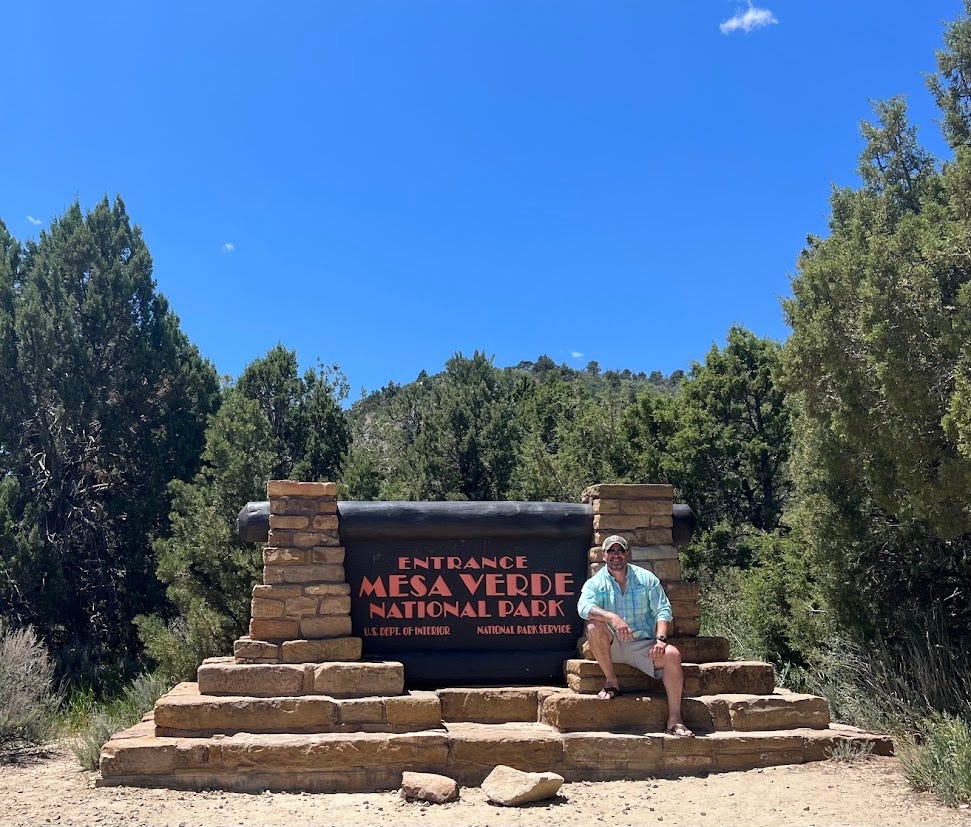
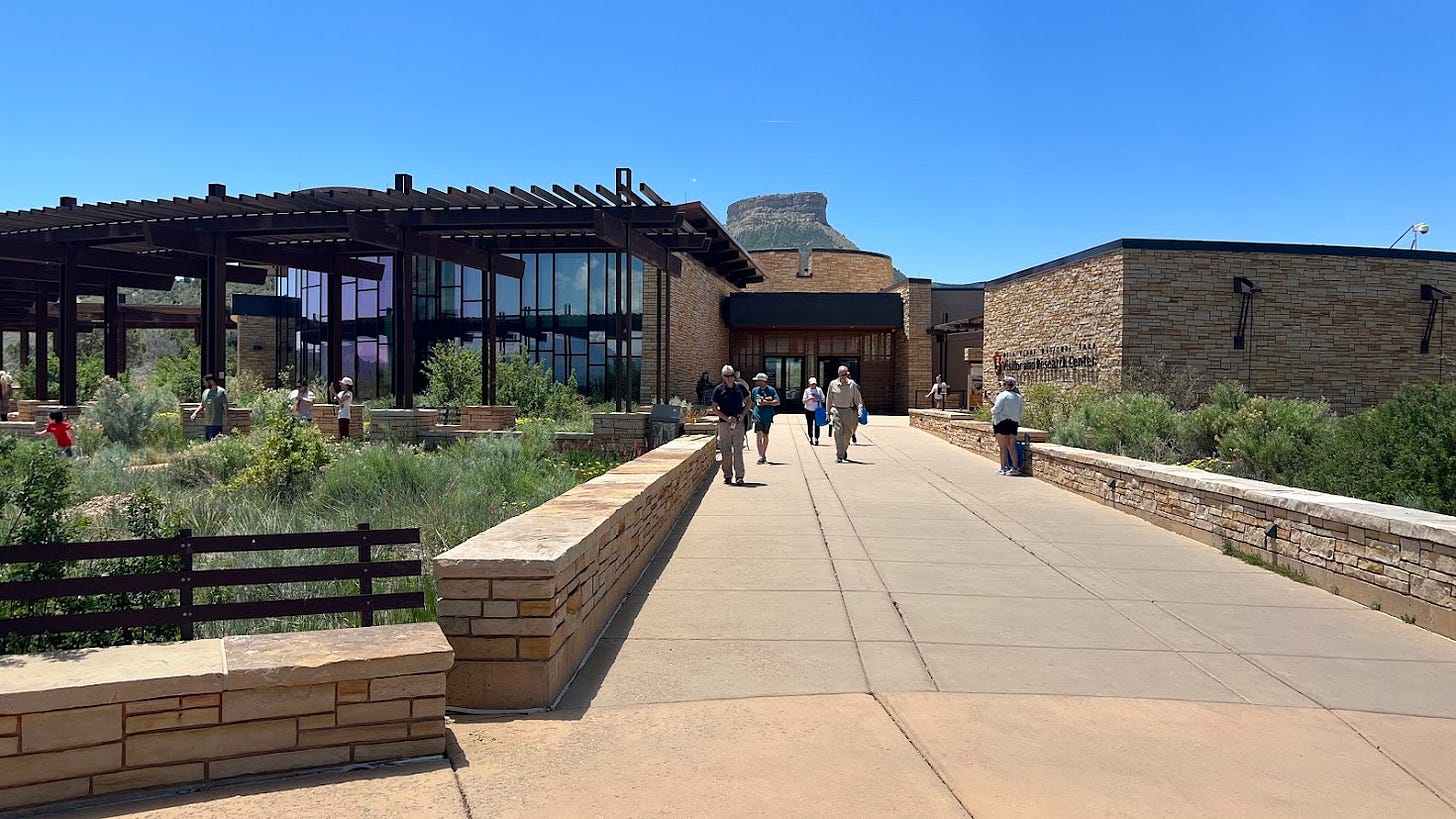
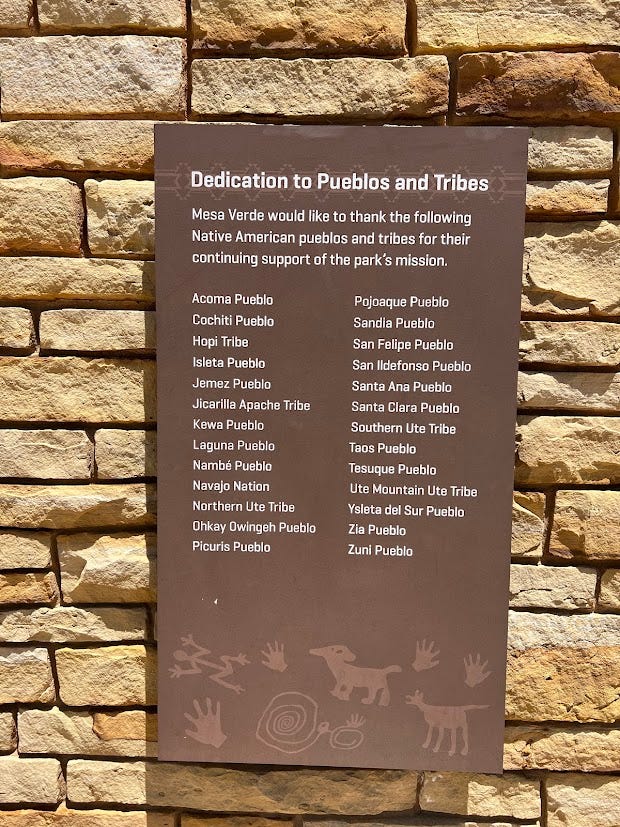
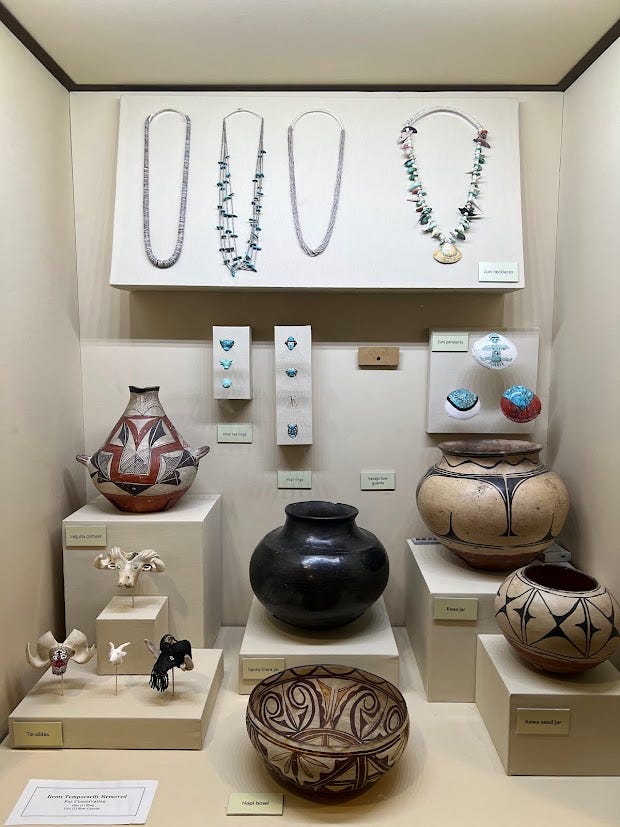
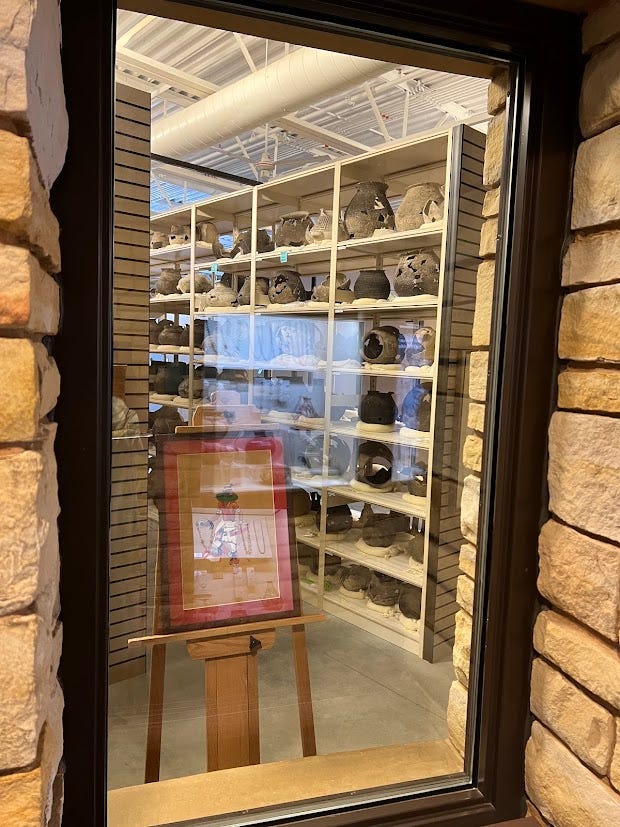
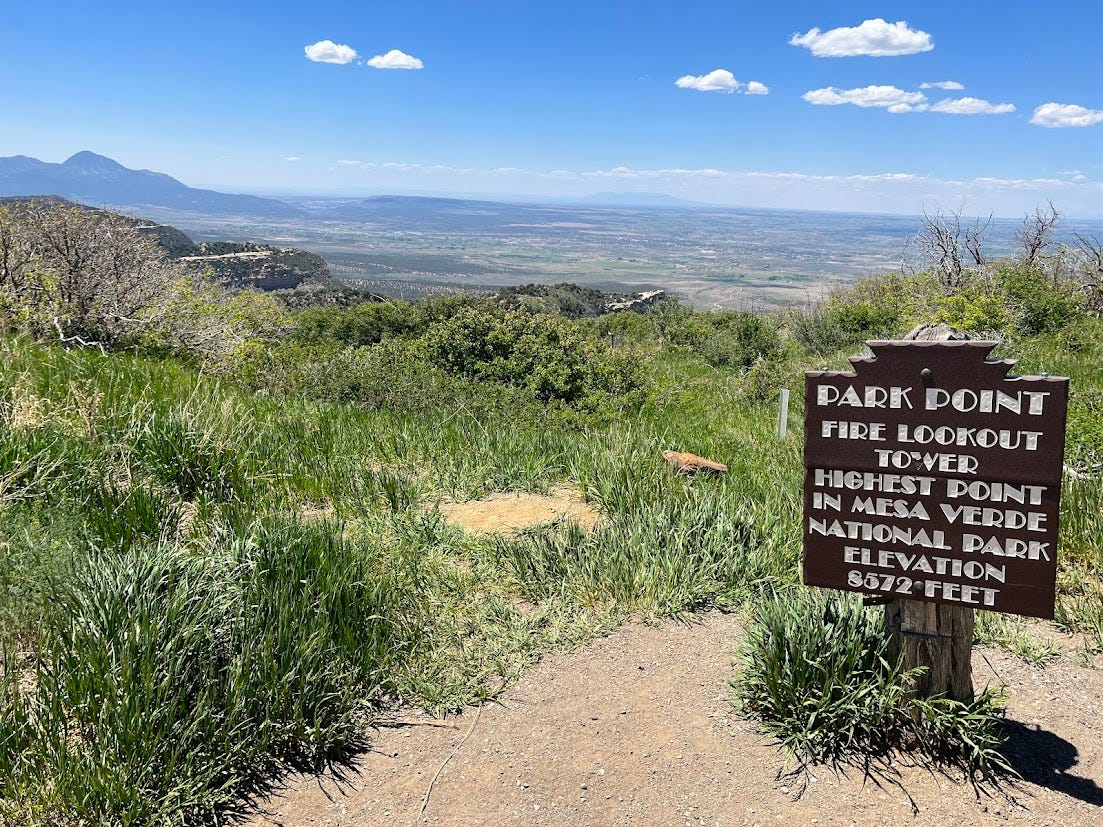
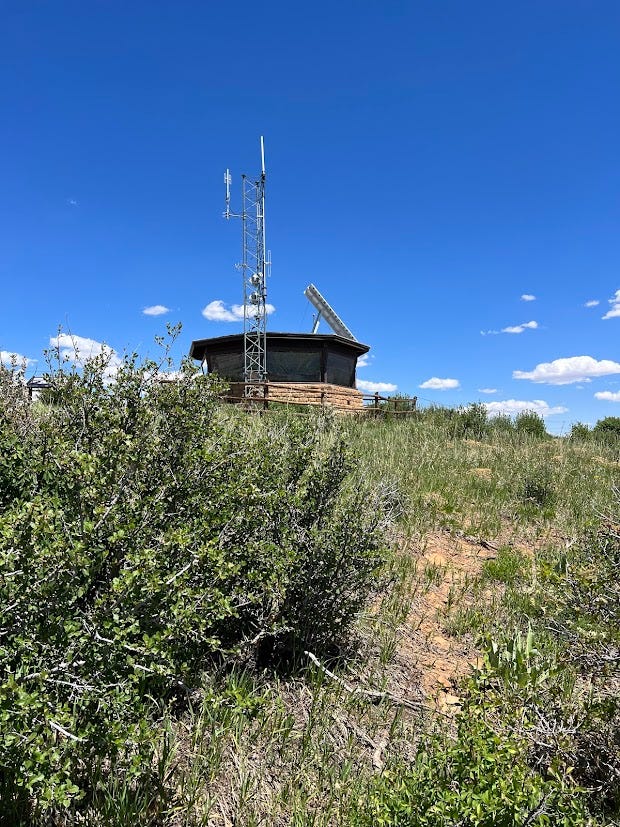
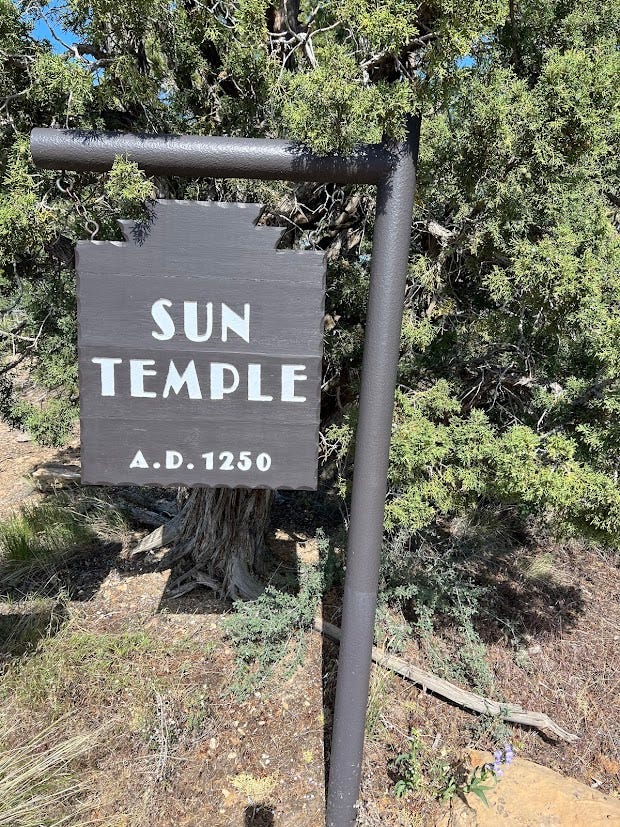
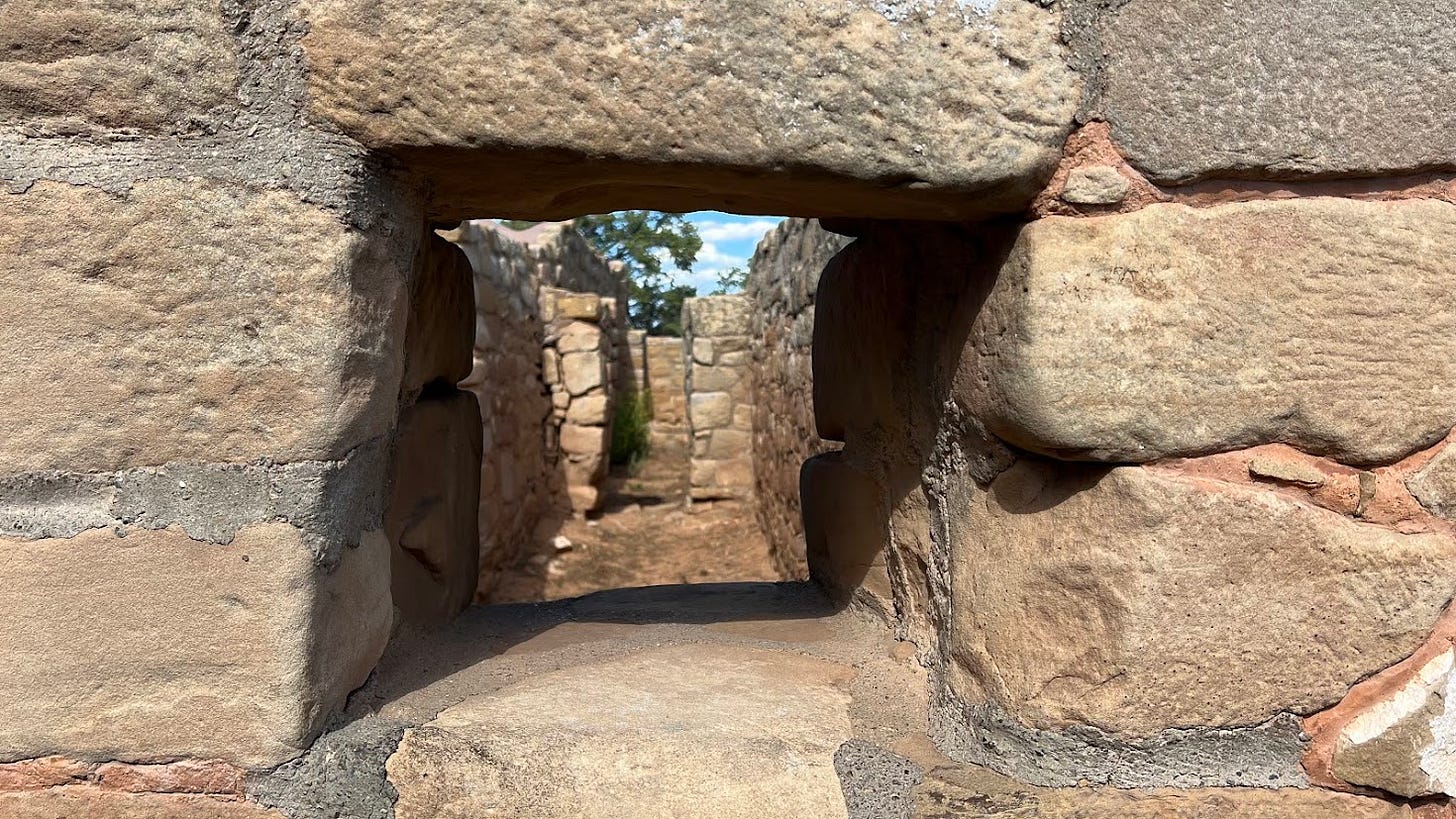
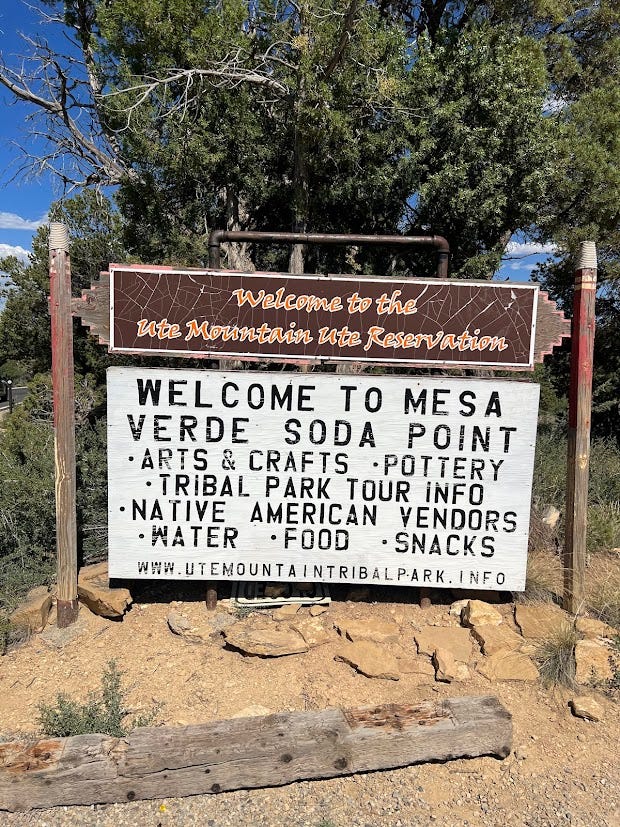
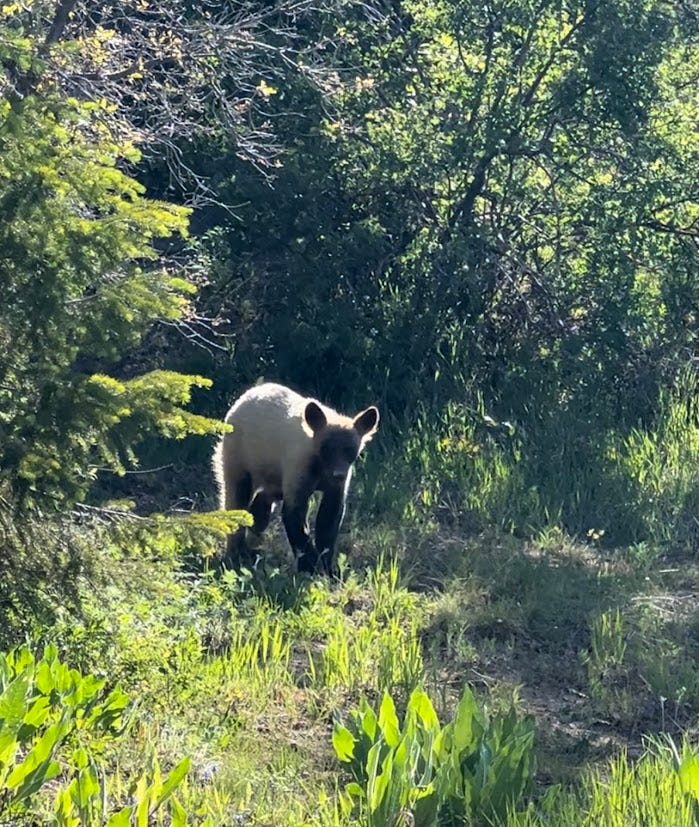
I appreciate the genuine respect you exhibit towards indigenous groups. It’s refreshing.
So, it looks like you’ve acclimated well after moving from here in Florida (elevation +/-0) 😄 Love this post about Mesa Verde, truly a beautiful place. And love the sign for the soda stop!